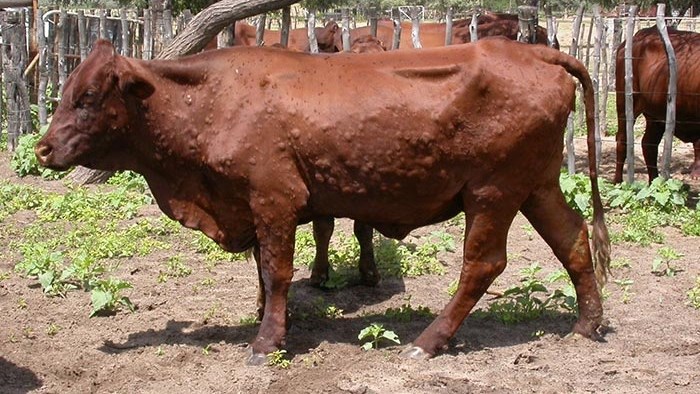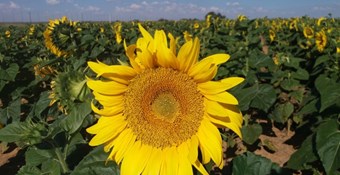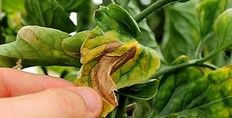Agri Hour
Summer animal diseases: Lumpy skin─── ELSABÉ RICHARD 05:00 Thu, 16 Sep 2021

One of the main diseases to be on the lookout for when biting flies are noticed in livestock herds, is lumpy skin.
According to Dr Berry Mutowembwa, a veterinarian at the Agricultural Research Council, lumpy skin is a viral disease that is spread by biting flies. When infection occurs, lumps are formed on the skin of the animal.
See PODCAST below
Lumpy skin becomes prevalent, especially in summer after rainfall when biting insects start to increase in numbers.
Mutowembwa explains that animals that can be infected with lumpy skin are mostly all breeds of cattle of all ages. However, when the animals are vaccinated and become infected, they are likely to have a disease that is less severe than those animals that are not vaccinated.
Furthermore, young cows that are less than six months old are protected against the disease as they are getting protection through their mother’s immunity.
A cause of concern
Mutowembwa says lumpy skin is a notifiable disease in South Africa, which means that any confirmed or suspected case has to be reported to the responsible state veterinarian.
This disease can infect almost half of the herd.
Mutowembwa adds that lumpy skin seldom kills affected animals, but at least one in ten of the animals does succumb to the disease.
Farmers can also experience a loss of income and lower production. This, as pregnant animals who are infected, tend to abort and there’s also a reduction in milk production.
How animals get infected
Biting flies are the main culprits when it comes to the spreading of the disease. But it can also be spread through saliva when infected animals share a water-trough with animals that are not infected.
Mutowembwa adds that another way animals become infected is when farmers use one syringe when injecting animals with antibiotics.
Identification
Lumpy skin is quite easy to identify, says Mutowembwa. Farmers will notice the lumps on the skin which can sometimes range from just be a few lumps to many all over the animals’ body.
Lump sizes can vary from 0,5cm to around 5cm in diameter.
It can occur anywhere on the skin – the nose, udder, scrotum and the mouth, amongst other areas of the animal.
Mutowembwa advises farmers to do regular basic checks. He explains that sometimes in animals with long hair, lumps are not as visible and you would have to feel the skin of the animal, while it is easily visible on animals with short hair.
When these lumps are detected, a veterinarian needs to be contacted who will then take samples and send them to a laboratory in order to confirm whether it is indeed lumpy skin because there are other diseases that appear similar to lumpy skin, says Mutowembwa.
Treatment
Mutowembwa says that there is no curative treatment for lumpy skin. However, veterinarians administer supportive treatments such as antibiotics, anti-inflammatory drugs as well as vitamin injections to boost the animal’s immune system.
OFM News














